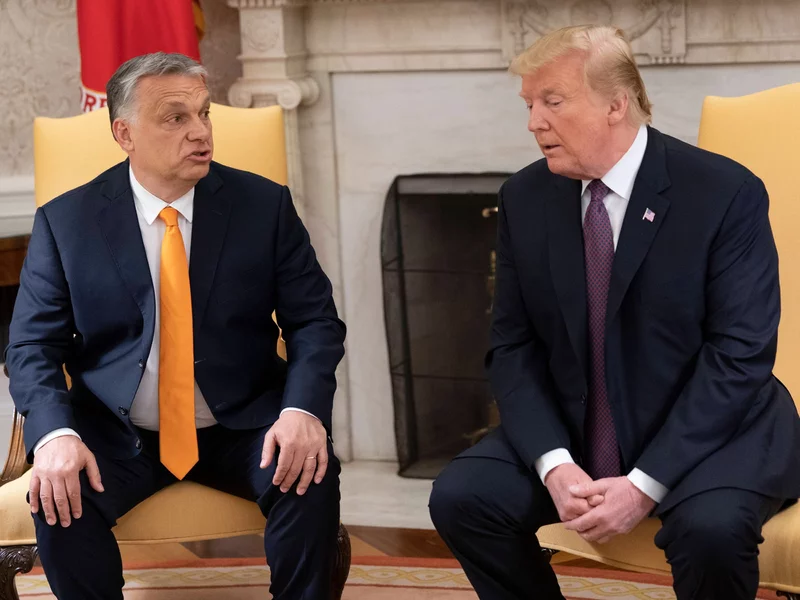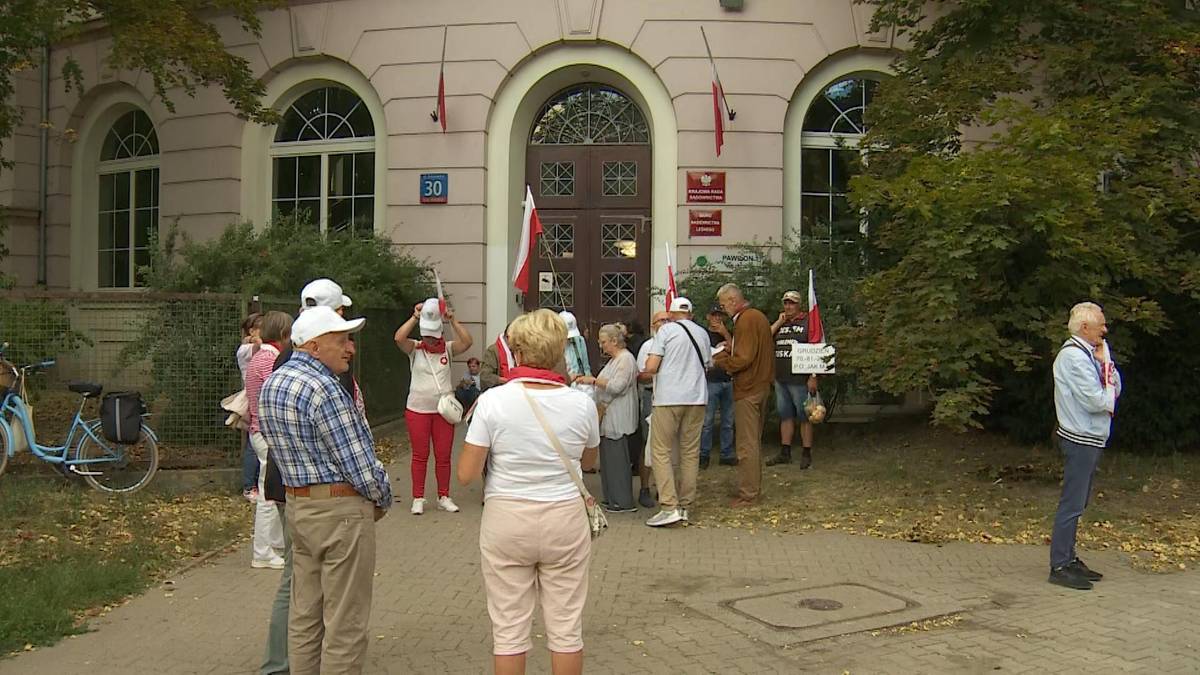Anniversary of the beginning of Zbaraz defense, against the aggression of Cossack-Tatar forces.
Today in our Calendar we will look at the circumstances that accompanied the siege of Zbarza in 1649. For this, it is worth going back a year.
In the spring struggles of 1648, Cossacks along with their allies, Crimean tatars, defeated Poles in battles at Yellow Waters and Korsun. Thus all Crown forces were defeated, and the full Ukraine stood open to rape, plunder and slaughter. In Niemirów alone, the Cossack killed about 6,000 Jews. The scale of horror was increased by the unexpected death of King Władysław IV, who introduced additional chaos in the leadership circles of the Republic of Poland.
It was decided to start negotiations with the self-proclaimed captain of the Khmelnytsky Zaporozhsky, however, the talks went laboriously. During this time, supporters of war, specified as the Wiśniowieckis, resisted hard. The selected 8,000 Wiśniowiecki army, defeated 60,000 under Constantineov. Curved. about 15,000 Cossacks and blacks died, but enemy losses were rapidly supplemented by the spread of the uprising.
Primate Maciej Lubieński, serving in the time of the kingless interrexa, appointed 3 regimentaries to command the gathering common march of the nobility and the restored crown army. They were: Dominik Zasławski, Mikołaj Ostroróg and Aleksander Koniecpolski. Ossolinski deliberately torpedoed the nomination of Wiśniowiecki, who was the most suitable leader. Chmielnicki was going to say about regimentaries: "a breast, Latin and a child" and he was absolutely right about their predisposition to command. The troops gathered at Piławiec were outnumbered over the Cossack-Tatar side, but the indecisive leadership led to a fresh tragedy.
They ordered a retreat, during which a panic broke out due to a rumor about Chmielnicki's raid and the escape of regimentaries. The full 30,000 army went to pieces, and the insurgent troops could freely scope to Lviv and Zamość. This is where Chmielnicki was stopped for the first time. Lviv paid him a immense contribution, while Zamość repelled respective storms, forcing the boots and the peasants to retreat.
Due to the coming winter, Chmielnicki withdrew to Kiev, where he began regulation like a capable prince. He accepted abroad messages and negotiated peace with the Republic. In February 1649 the Polish message offered him a hetman's bullock, and agreed to a truce until May. Meanwhile, a small earlier due to the fact that in November 1648, the nobles' convention chose a fresh king. The Lord of the Republic was Władysław IV's brother, Jan Kazimierz Waza.
In the summertime of 1649 the war broke out with fresh force. On July 10, the enemy besieged the forces of Jeremy Wiśniowiecki in Zbaraz. Polish soldiers were only about 8,000, while Cossacks, Tatars and peasant blacks, 150-200 thousand. Despite specified a crucial disparity, Poles did not succumb to further storms. They besides organized trips that resulted in crucial losses among the besieged. The fresh king, initially settled for Chmielnicki, was deprived of illusions about peace.
On 7 July the Polish army, under the individual command of King John Casimir, moved from Lublin to rescue the besieged castle. With the news of the desperate situation of the besieged troops, he reached the ruler standing in the Topor, Hussar's companion Mikołaj Skrzetuski, who, despite immense fatigue, offered himself to take his way back and take the news of the rescue to Zbarza.
The royal forces met with an enemy army in the conflict of the Congregation, which was pending, but nevertheless led to the signing of a truce. Nevertheless, the unsuccessful flunking and operation in the vicinity of the Polish army afraid Tatar Khan. Finally, Islam Gerej betrayed Chmielnicki and made a pact with John Kazimierz, withdrawing his troops. The solitary Cossack leader had to agree to the conditions set for him. On the basis of the settlement, the Cossacks of Kiev, Bracławskie and Chernichowskie voivodships were separated as autonomous (so-called hetmanat). The Cossack registry was raised to 40,000 soldiers. Interestingly, the agreement sanctioned the ban on entering the captainate for Jews and Jesuits.
What's next for Wiśniowiecki?
The hero of Jeremi Wiśniowiecki's barracks consistently opposed the peace talks with Chmielnicki, which were supported by Chancellor Ossolinski and the Bracławian voivode Adam Kisiel. He felt that rebellion should be ended with fire and sword. He wasn't heard. It turned out very rapidly that he was right. The battles broke out again, leading to the conflict of Berestek. There, Jeremi commanded the left wing of Polish troops, contributing to a large Polish victory.
 Portrait of Jeremy Wiśniowiecki
Portrait of Jeremy WiśniowieckiFinally appreciated by the king, he was appointed along with the captain of the field Marcin Kalinowski, as the commander of the offensive to yet crush the uprising. no of this worked out due to the fact that he abruptly died of food poisoning. most likely the origin of his death was poison. The run manager was taken over by the inept Nicholas Potocki, who forfeited the chance to win. The uprising continued to bring on a weakened country a Russian invasion and then a Swedish invasion.
Previous entry from our calendar is available Here.















